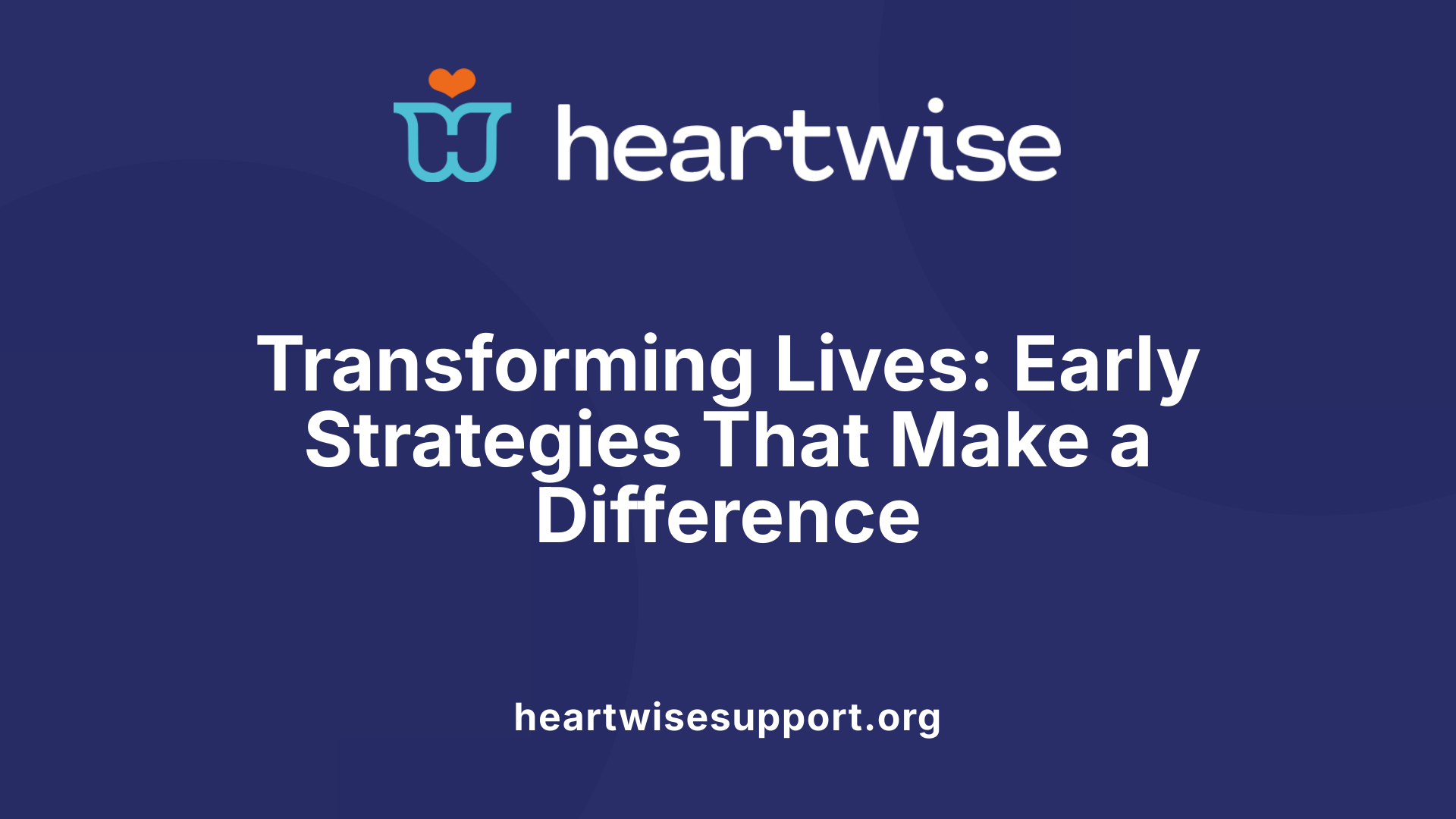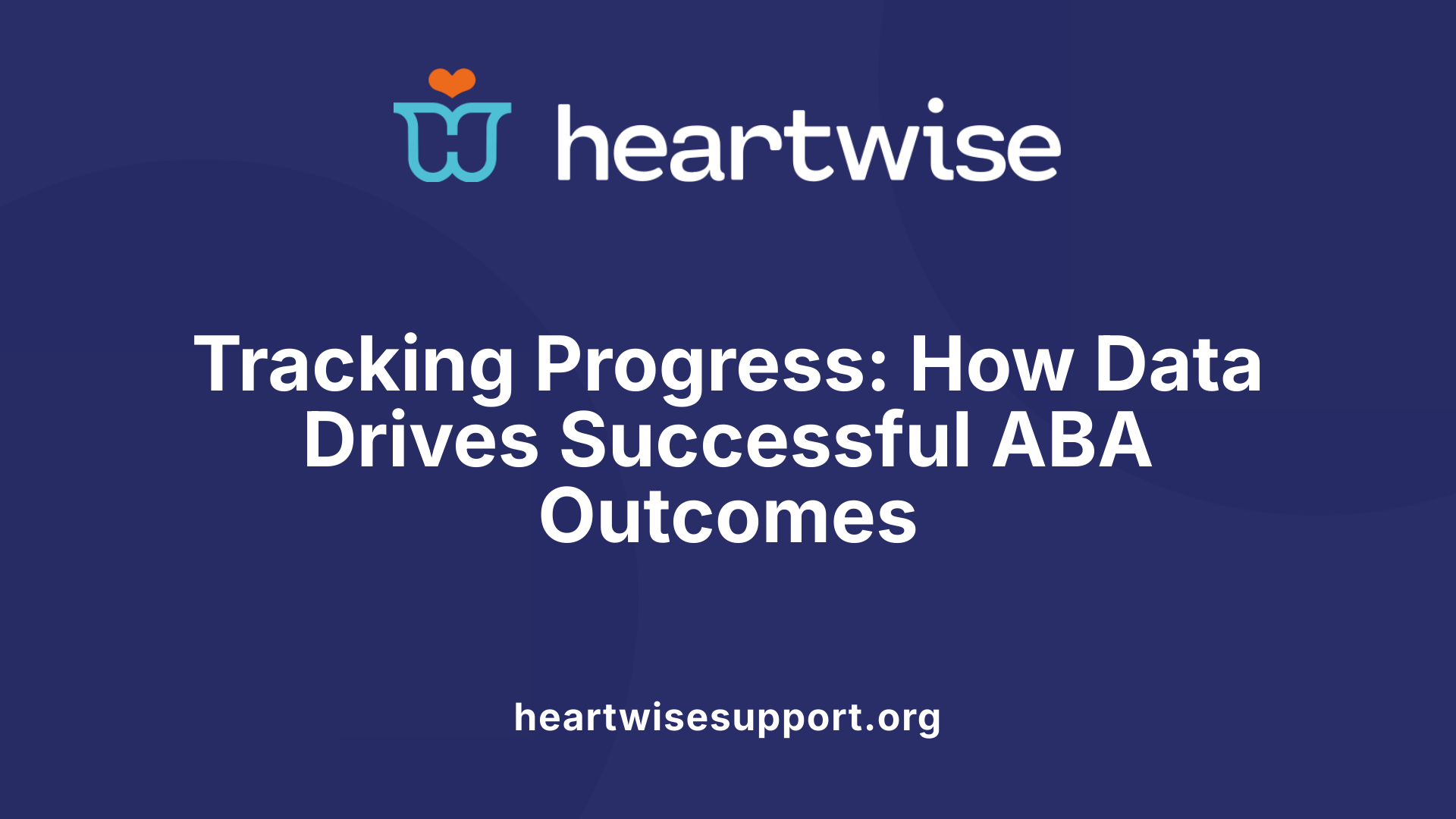Discover the Real-World Impact of ABA Therapy
Applied Behavior Analysis (ABA) is a scientifically validated approach that has transformed the lives of many individuals with autism and developmental challenges. This article explores compelling success stories and detailed case studies, illustrating how personalized ABA strategies lead to meaningful improvements in communication, social skills, and daily independence across diverse populations. From young children to adults, the examples showcase the versatility and effectiveness of ABA in various settings and age groups.
Early Intervention Successes in Children
 Research and practical applications of ABA therapy highlight significant improvements in children diagnosed with autism when intervention begins early in life. Case studies provide detailed insights into how targeted programs foster communication and social behaviors.
Research and practical applications of ABA therapy highlight significant improvements in children diagnosed with autism when intervention begins early in life. Case studies provide detailed insights into how targeted programs foster communication and social behaviors.
Children like Karen, a five-year-old girl, have shown marked progress through ABA therapy by reducing tantrums, engaging in independent play, and responding spontaneously to questions. Utilizing visual aids, picture schedules, verbal prompts, and discrimination training, her communication skills and social behaviors improved considerably.
Similarly, Alexandra, a young woman with autism, experienced substantial reductions in vocal perseverations and motor tics through Differential Reinforcement of Other Behavior (DRO). Her ability to manage behaviors led to increased participation in daytime activities, including setting timers and earning tokens for positive conduct.
Early intervention emphasizes the use of visual supports, reinforcement strategies, and structured routines to promote skill development.
The importance of starting ABA therapy at an early stage cannot be overstated. For instance, in one long-term case, a 12-year-old girl with ASD began receiving services at age three. Over the years, consistent ABA interventions helped her master numerous skills across communication, socialization, academic, and daily living domains. Notably, within six months, her developmental range shifted from 0-18 months to 30-48 months, highlighting rapid growth.
Assessment tools like the VB-MAPP are instrumental in monitoring progress, revealing significant gains over short periods. In one example, a child progressed from minimal communicative abilities to engaging in complex behaviors, such as tacting and math, with over two years’ worth of development achieved in just half a year.
These cases underscore that early ABA intervention prepares children for better social integration, academic success, and greater independence. Structured programs tailored to individual needs foster meaningful improvements, with data tracking confirming the efficacy of early and intense therapy.
| Child | Age at Start | Program Focus | Progress Highlights | Assessment Tools |
|---|---|---|---|---|
| Karen | 5 years | Communication, social skills | Reduced tantrums, independent play | N/A |
| Alexandra | Youth | Behavior reduction, social engagement | Fewer tics, better activity participation | Behavioral assessments |
| 12-year-old girl | 3 years | Multiple skills | Shifted developmental range, 47 targets mastered | VB-MAPP |
Research supports that children receiving early ABA are more likely to develop essential skills that foster long-term success and societal participation. Case studies and ongoing clinical evidence reinforce ABA's role as an effective intervention for children with autism.
Long-Term ABA Engagement and Developmental Progress

How do case studies evaluate the benefits and effectiveness of ABA?
Case studies serve as vital tools in illustrating the tangible impacts of ABA therapy on individuals with autism spectrum disorder (ASD). They offer in-depth, personalized accounts that detail the specific interventions used and the subsequent improvements in behaviors and skills. For example, a case involving a 12-year-old girl with ASD who received consistent ABA services since early childhood reveals remarkable progress in various domains.
This long-term engagement led to significant gains in communication, social skills, academic performance, and daily living activities. The case highlighted improvements in manding (requesting), tacting (naming objects), receptive language, and functional skills such as math. Regular assessment through tools like the VB-MAPP showed the child's developmental level advanced from the 0-18 months range to the 30-48 months range within just six months.
Evaluation methods include ongoing data collection, milestone tracking, and standardized assessments. These measures help determine progress toward individualized goals and overall developmental milestones. The documented reductions in problematic behaviors, alongside increases in functional communication and social engagement, demonstrate ABA's effectiveness.
Beyond individual stories, meta-analyses of multiple case studies and research reports support the high efficacy of ABA. Early and intensive intervention shows particularly strong results, emphasizing the importance of personalized, data-driven programs tailored to each child's needs. Collectively, these evaluations affirm ABA as an evidence-based approach that significantly enhances quality of life and developmental outcomes for children and adolescents with ASD.
ABA Strategies and Tailored Approaches in Success Cases
What strategies and approaches in ABA are reflected through documented success cases?
Documented success stories in ABA showcase the power of evidence-based strategies that are carefully personalized for each child. One common approach is positive reinforcement, which involves rewarding desired behaviors to encourage their repetition. Tasks are often broken down into manageable steps through task analysis, making learning more accessible.
Natural environment teaching (NET) is another key method, allowing children to learn in real-life settings rather than artificial ones, which helps in generalizing skills. For example, children learn communication and social skills during play or daily routines, which better prepares them for everyday life.
Functional Behavior Assessments (FBA) play a crucial role in tailoring interventions. These assessments identify the purpose behind challenging behaviors and help in developing specific strategies to reduce them.
Early intervention is emphasized, with treatment plans supported by standardized assessment tools like the VB-MAPP and Vineland Adaptive Behavior Scales. These tools help set measurable goals and track progress.
Visual aids, picture exchange systems (PECS), and task breakdowns are frequently used to facilitate communication and social development. Family involvement is prioritized, ensuring skills learned during therapy are practiced at home and in other settings, supporting overall skill generalization.
Progress is systematically monitored through data collection, enabling therapists to make data-driven adjustments. The combination of these targeted strategies results in meaningful improvements in communication, social behavior, and daily independence.
Overall, success stories demonstrate that a personalized and scientifically grounded approach to ABA can significantly enhance developmental and adaptive skills, leading to lasting positive outcomes for children with autism.
Evaluating ABA’s Effectiveness in Diverse Contexts
How do case studies evaluate the benefits and effectiveness of ABA?
Case studies serve as detailed narratives that illustrate how Applied Behavior Analysis (ABA) makes a tangible difference in individuals' lives. They document the specific interventions used and measure progress over time through careful data collection and behavioral assessments.
For example, numerous case studies focus on children with autism who exhibited challenging behaviors such as aggression, self-injury, or elopement. These studies often detail how Functional Behavior Assessments (FBAs) helped identify the factors maintaining these behaviors. Subsequent interventions, like Functional Communication Training, led to significant reductions in problematic behaviors.
In addition to behavioral improvements, case studies highlight gains in communication, social skills, and daily living abilities. For instance, children who initially struggled to use words or gestures for needs showed marked progress in expressive language after individualized ABA programs.
Research reviews and meta-analyses reinforce these findings, showing that early and intensive ABA interventions produce large positive effects, particularly in language acquisition and cognitive development. Overall, case studies and broader scientific evidence confirm that ABA is an effective, measurable approach that adapts to each individual's needs.
Impact of ABA across settings such as schools, homes, and communities
ABA services are delivered in various environments, including homes, schools, and community settings, to promote consistent behavior support. In schools, ABA helps improve classroom engagement, social interaction, and academic skills.
At home, ABA strategies support families in managing daily routines, reducing problematic behaviors, and fostering independence. Community-based programs may involve activities like social outings, sports, or community integration efforts to generalize learned skills.
For example, a long-term case involved a 12-year-old girl who received ABA services since early childhood, demonstrating sustained progress in communication and social functioning across different contexts. These multi-environment interventions increase the likelihood that skills learned in therapy settings are transferred and maintained in real-world situations.
Benefit of personalized, data-driven interventions
The cornerstone of effective ABA programs is their personalization through comprehensive assessments and ongoing data collection. Therapists design tailored strategies based on individual strengths, challenges, and goals.
Data collection allows continuous monitoring of progress, enabling therapists to adjust interventions promptly. For example, a child with ASD learning to mand for items can have their success tracked via frequency counts, with interventions modified if progress stalls.
This adaptive approach ensures that each child receives the most effective support, leading to more meaningful and sustained development. Personalization and data-driven decisions make ABA a versatile and proven method for improving social, communication, and behavioral skills across diverse populations.
| Setting | Application | Example Outcome | Additional Details |
|---|---|---|---|
| School | Social engagement & academic skills | Increased participation and attention | Tailored routines, visual supports |
| Home | Daily routines & communication | Reduced tantrums, improved language use | Parent training, reinforcement systems |
| Community | Social skills & independence | Better peer interactions, safety | Community outings, peer modeling |
| Overall | Behavior management & skill generalization | Lasting behavioral improvements | Individualized plans, ongoing tracking |
This comprehensive evaluation of ABA through case studies underscores its adaptability and effectiveness in improving lives across many settings, emphasizing the importance of personalized, measurable approaches.
Empowering Lives Through Evidence-Based Practice
The success stories and detailed case studies highlighted in this article demonstrate the profound and diverse impact of ABA therapy. As an evidence-based approach, ABA continues to foster meaningful progress in communication, social engagement, and independence for individuals with autism across the lifespan. These narratives underscore the importance of personalized, data-guided interventions and ongoing collaborative efforts among therapists, families, and communities. With continued research and dedication, ABA remains a cornerstone in supporting individuals to lead fulfilling lives, maximizing their potential and enhancing overall quality of life.
References
- ABA Case Studies | ABA Psychological Services, P.C.
- ABA Case Example with a 12 year old - Manhattan Psychology Group
- Case studies - Beam ABA
- The ABCs of ABA Therapy Part Eleven: Success Stories: Real-Life ...
- ABA Therapy Success Stories: Inspiring Transformations
- Case Studies: Successful Crisis Management Strategies in ABA
- Inspiring ABA Therapy Success Stories That Changed Lives
- Success of ABA Therapy for ADHD: A Case Study from Daffodils ...
- ABA Therapy Success Stories From South Florida - The Play Base
- Patient Outcomes After Applied Behavior Analysis for Autism ...










